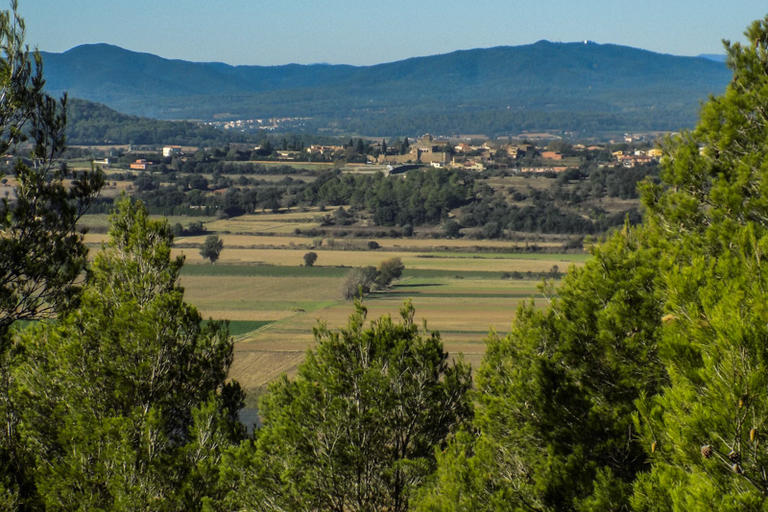
Introduction
The agricultural and forest landscape of the lake of Ullastret and its surrounding hills is part of the more comprehensive landscape characterised by its flat relief or small undulations of the Empordanet, with a clear agricultural vocation, a real mosaic of irrigated crops, cereals and fodder.
The scrubland and small mixed wooded areas of the slopes, like the ones you can see here, are mixed open pine woods with traces of holm oak and brushwood, above all with kermes oak, mastic and Montpellier cistus, among other species. Among the cultivated trees on these slopes, it is worth noting the olives, some of which are semi-abandoned
The edges of the fields and paths have an important role as a refuge for fauna and in areas with more clay there are many rabbit warrens, which are easy to spot with the naked eye.
In fields and on roadsides, the vegetation is very rich in species, often including very popular and much-loved plants.
This vegetation offers protection and food to a great deal of fauna. Consequently, in winter the fields are home to large numbers of birds, such as thrushes and lapwings which, when the good weather comes, return to northern Europe, where they breed. The most common reptiles here include the ocellated lizard, the Montpellier snake, which can be very long, and the Iberian wall lizard. Rabbits, foxes, badgers and bats stand out among the mammals.